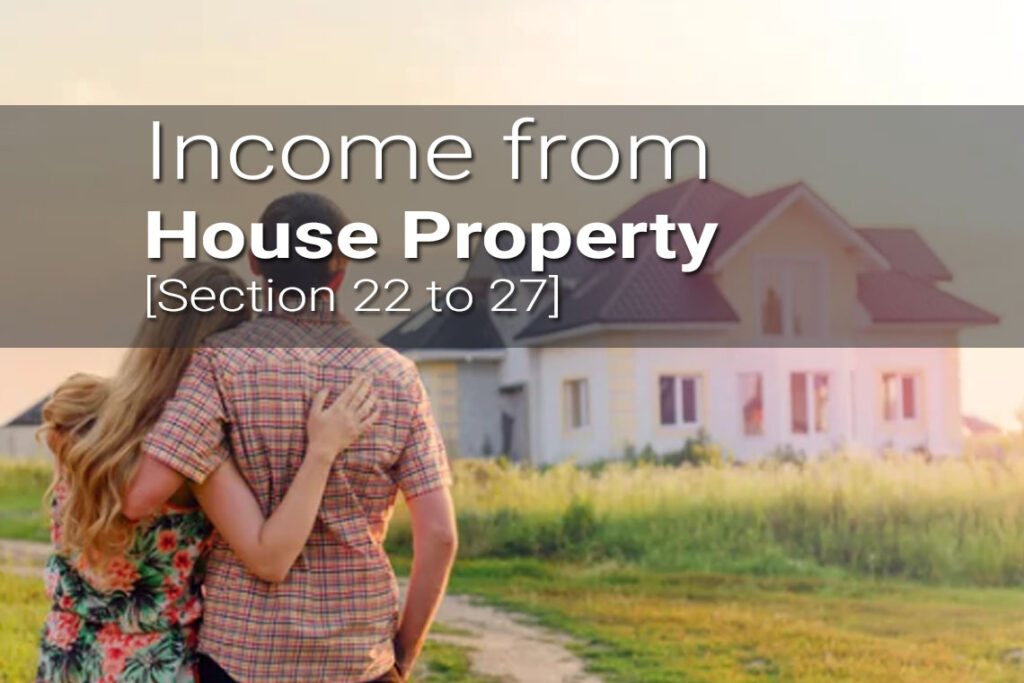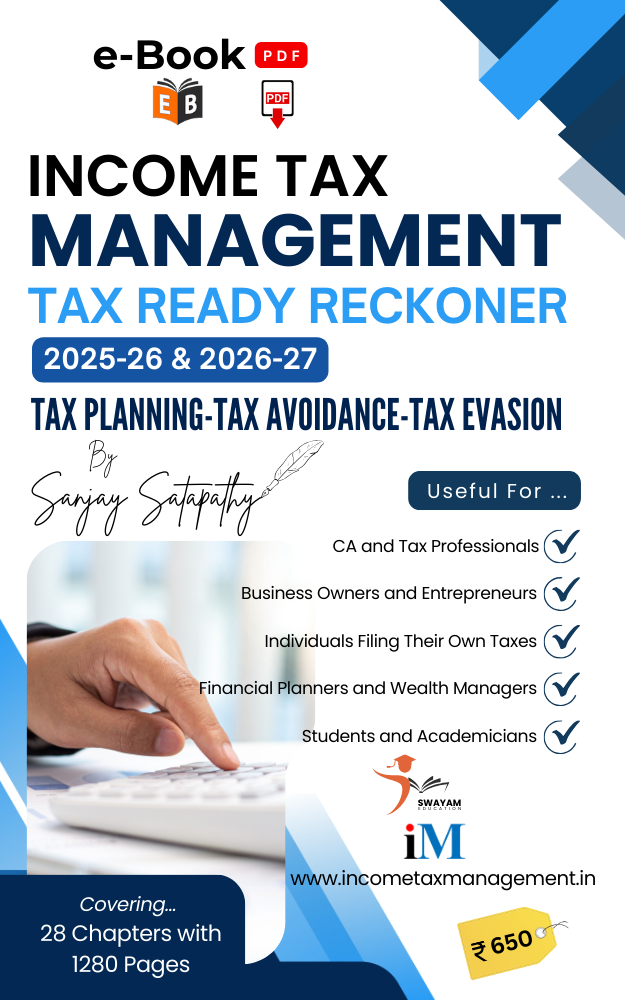Section 22 of the Income Tax Act, 1961, defines when and how income from house property becomes taxable.
1. Conditions for Chargeability (When Tax Applies)
Income from a house property is taxable if all the following conditions are satisfied:
A. The Property Must Consist of Buildings or Land Appurtenant Thereto
- Applies to residential/commercial buildings.
- Land alone (without construction)→ Not taxable under this head (may fall under “Capital Gains” or “Income from Other Sources”).
B. The Assessee Must Be the Owner of the Property
- Ownership is mandatory(legal or beneficial owner).
- Not applicable if:
- Tenant (rent paid is not taxable under this head).
- Leaseholder (unless lease > 12 years, treated as ownership).
C. The Property Must Not Be Used for Business/Profession
- If the property is used for business/profession, it is taxed under “Profits and Gains from Business or Profession” (PGBP)and not under “House Property.”
D. The Property Should Not Be Exempt Under Section 23(2) (Self-Occupied Property)
- One self-occupied house (SOP)→ Taxable income = Zero (but interest deduction up to ₹2 lakh allowed).
- Additional self-occupied houses→ Deemed as let-out and taxed accordingly.
2. Exceptions (When Income is Not Taxable Under Section 22)
- Agricultural land with farmhouse(exempt under Section 2(1A)).
- Property used for own business/profession(taxed under PGBP).
- Property held as stock-in-trade (for builders/sellers)→ Taxed under “Business Income.”
3. Tax Implications Based on Property Type
| PROPERTY TYPE | TAX TREATMENT | KEY DEDUCTIONS |
| Let-Out Property | Taxable on Gross Annual Value (GAV) | – 30% Standard Deduction – Full interest deduction (Section 24) |
| Self-Occupied Property (SOP) | GAV = Zero (if only one house) | – Interest deduction up to ₹2 lakh |
| Deemed Let-Out (Multiple Houses) | Second house is deemed let-out | – Taxed on Fair Rental Value (FRV) |
| Inherited Property | Taxable if rented out | Same as let-out property |
4. Key Judicial Pronouncements on Chargeability
- CIT vs. Podar Cement (1997)→ Beneficial ownership is sufficient (not just legal ownership).
- G. Mercantile Corp. vs. CIT (1972)→ Letting out property as a business → Taxed under PGBP, not House Property.
- Liquidator of Mahamudabad Properties vs. CIT (1980)→ Vacant land without construction → Not taxable under House Property.
5. Practical Example
Scenario: Mr. A owns 2 houses:
- Self-occupied (Mumbai)→ No rental income.
- Let-out (Delhi)→ Rent = ₹30,000/month.
Tax Calculation:
- Delhi Property (Let-Out):
- GAV = ₹30,000 × 12 = ₹3,60,000
- Less: Municipal Tax (₹20,000) → NAV = ₹3,40,000
- Less: 30% Standard Deduction (₹1,02,000)
- Less: Home Loan Interest (₹2,50,000)
- Taxable Income = ₹3,40,000 – ₹1,02,000 – ₹2,50,000 = (-₹12,000) (Loss)
- Mumbai Property (SOP):
- GAV = Zero
- Interest Deduction = ₹2 lakh(if loan taken)
**Final Taxable Income from House Property = **
- Loss of ₹12,000(can be set off against other income).


